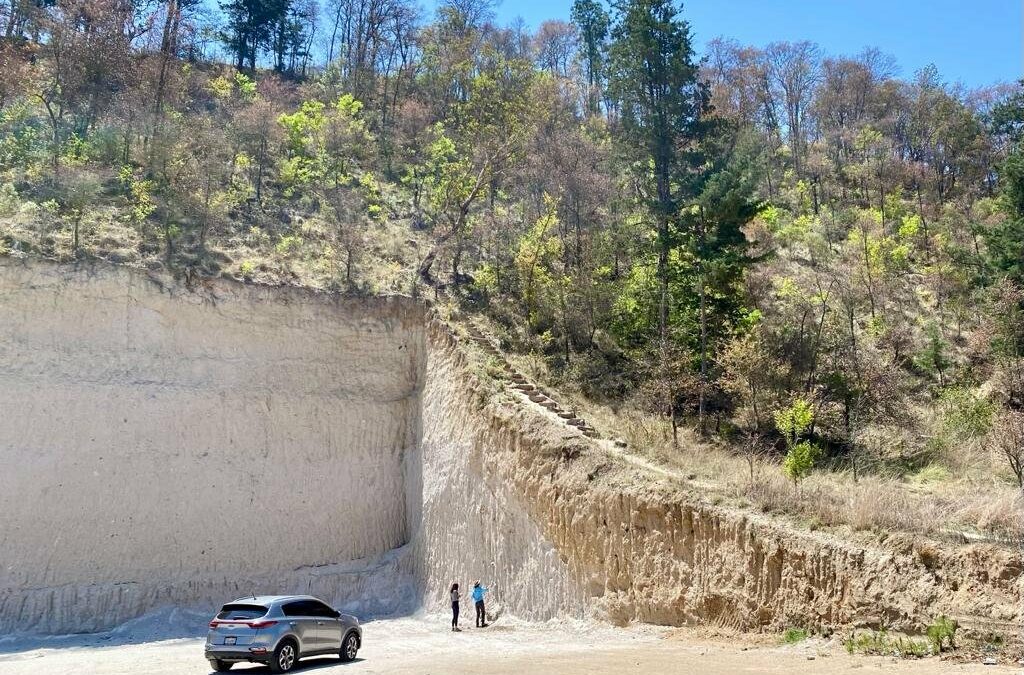Yesterday our trip to Guatemala ended. It is difficult to summarise the experiences produced by the trip in a few lines, so I will do it through a childhood memory.
When we were little, Nana, my maternal grandmother, would bring us marzipans from El Salvador shaped like bananas, strawberries and pears. It was a party. A wooden box turned into happiness, decorated with green paper leaves and carefully ordered with delicacies of multiple colours and aromas of cinnamon and nutmeg. It was very difficult to decide which fruit to start with and, especially, whether to start with the stick or the pulp. I still don’t know if you were supposed to eat the clove stick, but starting there was one of those small but big sacrifices that you made as a child.
During our visit to the Central Market in Guatemala City, and at the crucial moment of deciding which sweets to buy, it occurred to me to ask if they sold marzipan. When they said yes, I had a moment of vacuum, or rather of temporary pause, like in Matrix, in which the only things that existed were the marzipans and I. Unfortunately, I did not allow myself to stay in that magical moment for more than a couple of seconds and I quickly migrated to making the decision of how many marzipans you are going to buy, ma’am. My answer ranged from ten to 80, so I decided on eight. So wrong.
My partner, my two daughters, my eight marzipan and I left the market. I wasn’t sure if they were the same sweets from my childhood, so I felt relieved that I had bought only a few, because it’s a shame to waste. Absolut boredom of adult life.
A couple of days later, we began a wonderful journey through the Guatemalan pyroclastic deposits. The geologist’s paradise. Or, in simultaneous translation, our trip from Guatemala City to Quetzaltenango. The journey full of curves and smoke of buses from the seventies, which are allowed to be on the roads on only very few parts of the world.
A couple of hours passed in which, through the windshield, I traveled millions of years back and reconstructed, with total imprecision, the type of lava and the magnitude of the eruption that had caused those wonderful, impeccable white deposits. The licenses we geologists take! Not precisely those that guarantee that you drive with caution.
Finally, we stopped. The whole family was happy because mum could touch the rock and take the picture. Until today, a part of me believes that this feeling for the grandeur of the volcanoes and what they produce, has been transferred to my poor companions, who end up sunburnt, lectured and loaded with rocks that they do not need. Or perhaps they do.
My colleague Guillermo Alvarado tells me that the strange tubular structures of these pumice are produced when the vesicles, that is, their pores, are lengthened. An extraordinary force stretches the stone and generates a glass-like sheen, but of stretched glass, elongated by force. The eight marzipans arrived in Costa Rica. One of the trip companions, who was in charge of opening the bag, took one of them and said, mum, these also stretch. They were the same as my grandmother’s, but with the glow of pumice.

